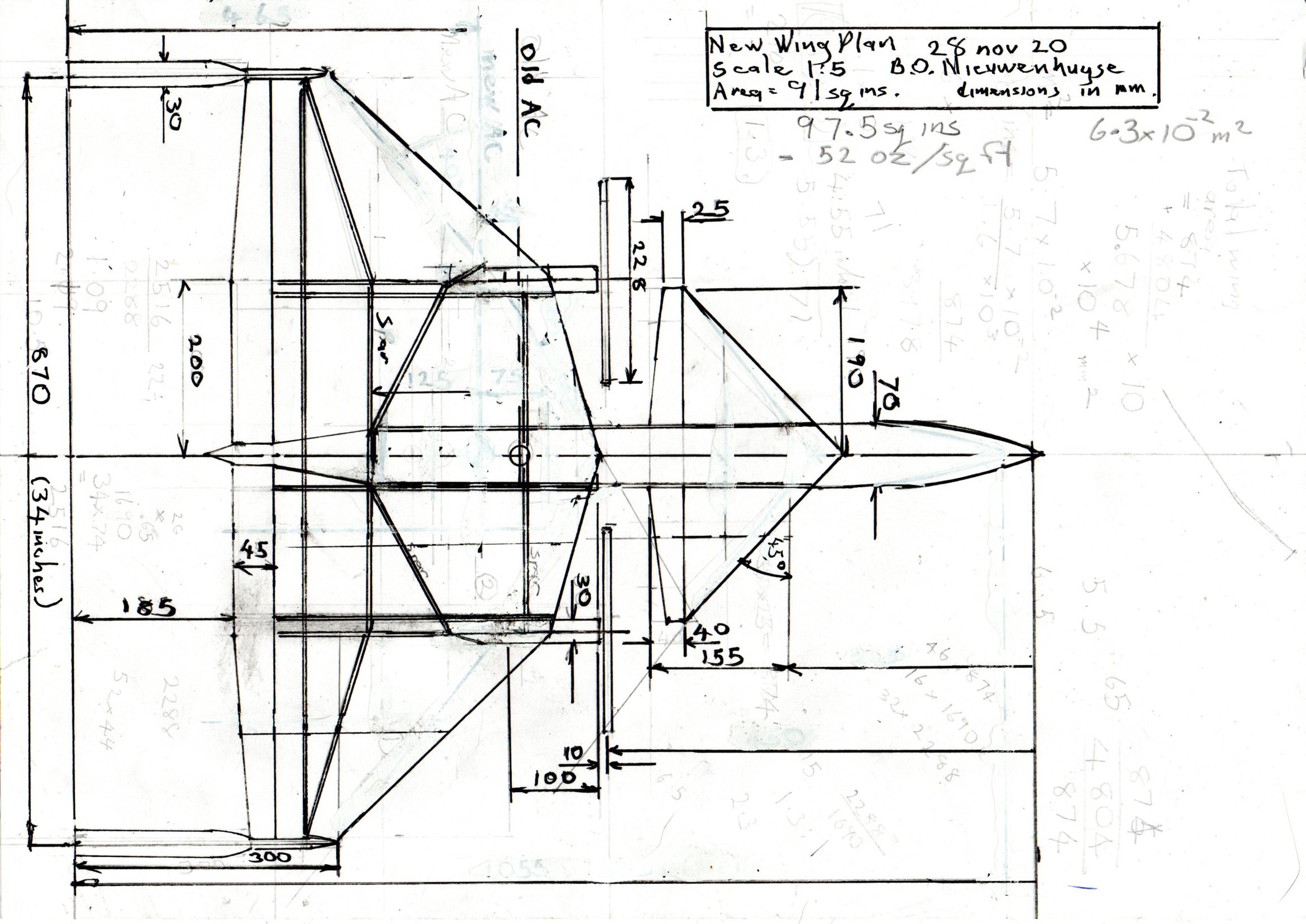As I have discussed in the motor rating thread, my latest plan is:
34 inch span, 56 oz/sq ft, 2.2 lbs, 91 sq inches.
I want to know its good cruising speed , landing speed, and suitability for aerobatics. At launch , thrust to weight is about 4:1
I expect it to max out at around 60 mph, but I haven't done the latest drag, thrust, pitch speed calculations yet.
I want aerobatic speed to be around 40 mph.
Do you have example tables for this size aircraft? I can only find info on 100 inch warbirds, that weigh 33 lbs, and they generally fly much faster.
Also, wing loading is not directly comparable over such a large difference in span.
I am starting a new thread, as the topic has changed a bit.
34 inch span, 56 oz/sq ft, 2.2 lbs, 91 sq inches.
I want to know its good cruising speed , landing speed, and suitability for aerobatics. At launch , thrust to weight is about 4:1
I expect it to max out at around 60 mph, but I haven't done the latest drag, thrust, pitch speed calculations yet.
I want aerobatic speed to be around 40 mph.
Do you have example tables for this size aircraft? I can only find info on 100 inch warbirds, that weigh 33 lbs, and they generally fly much faster.
Also, wing loading is not directly comparable over such a large difference in span.
I am starting a new thread, as the topic has changed a bit.




